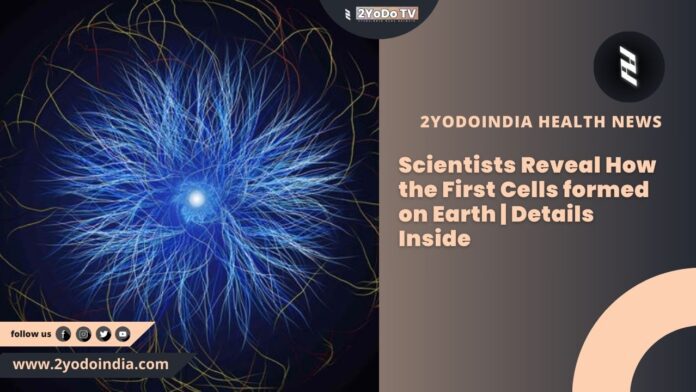There are many story of evolution and most research subjects around the world about how it all began and how we reach where we are as a species today. The most debatable among them is how that first cell form on the planet that eventually led to modern-day species in a journey that spans over four billion years.
New research is now shedding on all that came together for that first protocell to form.
A team of researchers at Scripps Research has discover a pathway that could answer how the first protocells form.
It was a chemical process call as phosphorylation.
In a study publish in the journal Chem, researchers suspect that the process where phosphate groups are add to the molecule could have occur earlier than previously expect, which could have led to more structurally complex, double-chain protocells capable of harboring chemical reactions and dividing with a diverse range of functionalities.
Phosphates are present in nearly every chemical reaction in the body and the researchers suspect they may have present earlier than previously believe.
Ramanarayanan Krishnamurthy, PhD, co-corresponding senior author of the study said :
“At some point, we all wonder where we came from. We’ve now discovered a plausible way that phosphates could have been incorporated into cell-like structures earlier than previously thought, which lays the building blocks for life,”
His team look at how chemical processes occur to cause the simple chemicals and formations that were present before the emergence of life in prebiotic Earth.
Scientists aim to understand the transition of protocells, consider crucial for the emergence of life, from single to double chains of phosphates.
Simulating prebiotic conditions, they identified chemical mixtures, including fatty acids and glycerol, to create vesicles resembling protocells.
Through varied pH, component ratios, metal ions, and temperature experiments, they observe vesicles transitioning from a fatty acid to a phospholipid environment.
This implies a plausible scenario for protocell formation 4 billion years ago.
The study suggests fatty acids and glycerol phosphorylation play a role in creating stable, double-chain structures, diversifying evolution by leading to vesicles with varied tolerances.
This research sheds light on the chemical dynamics vital for the early stages of life on Earth.





